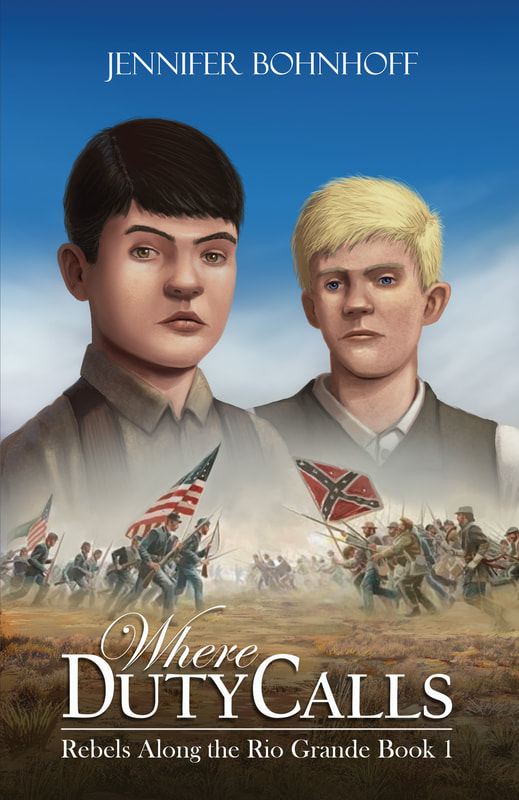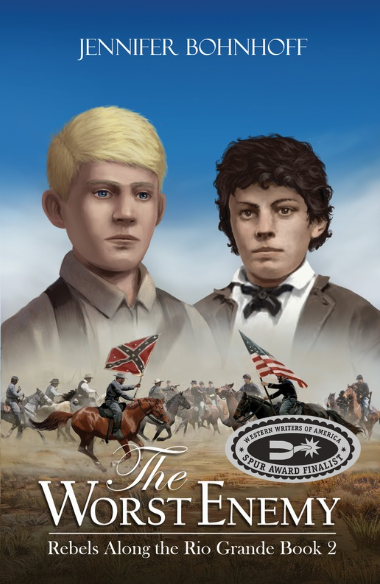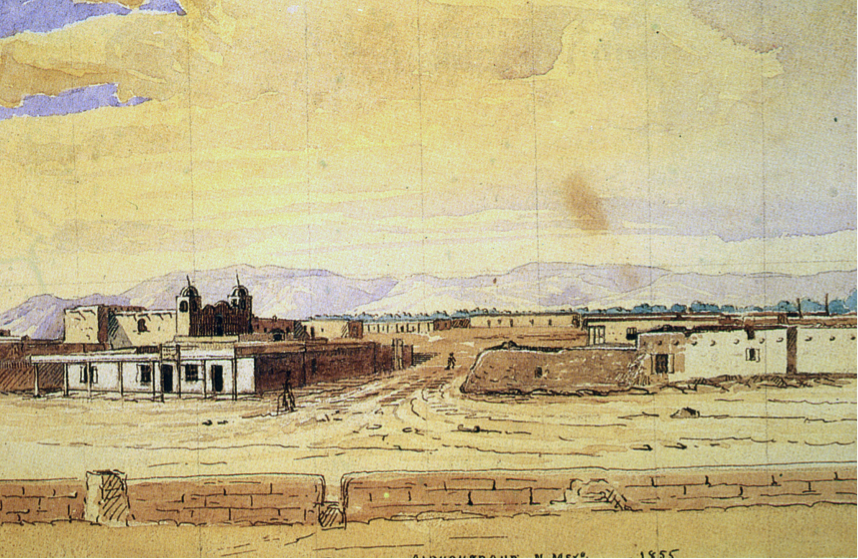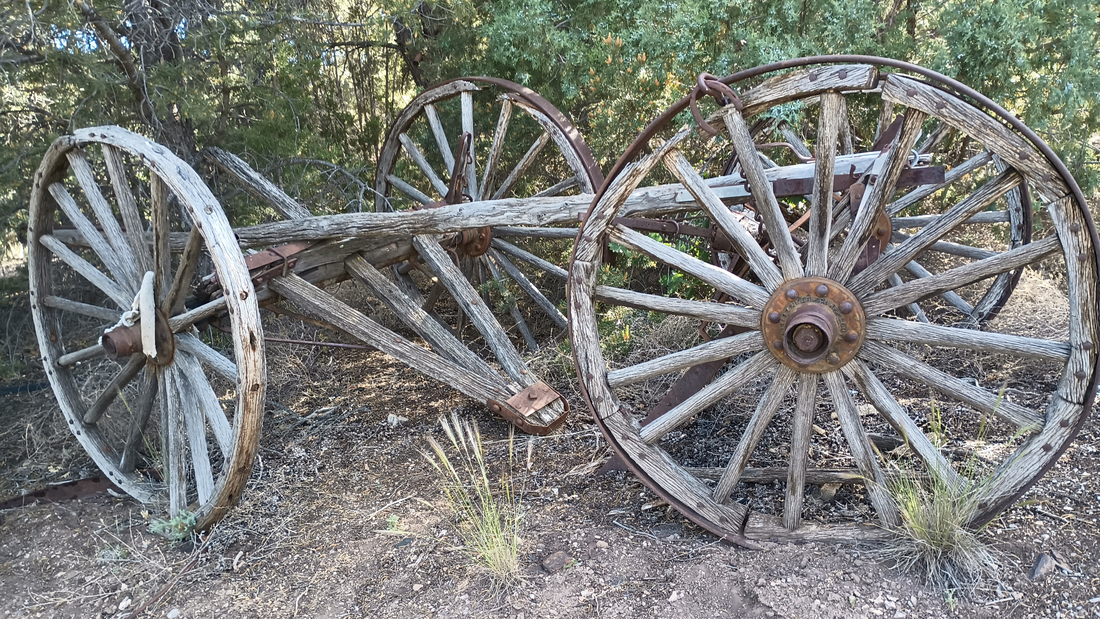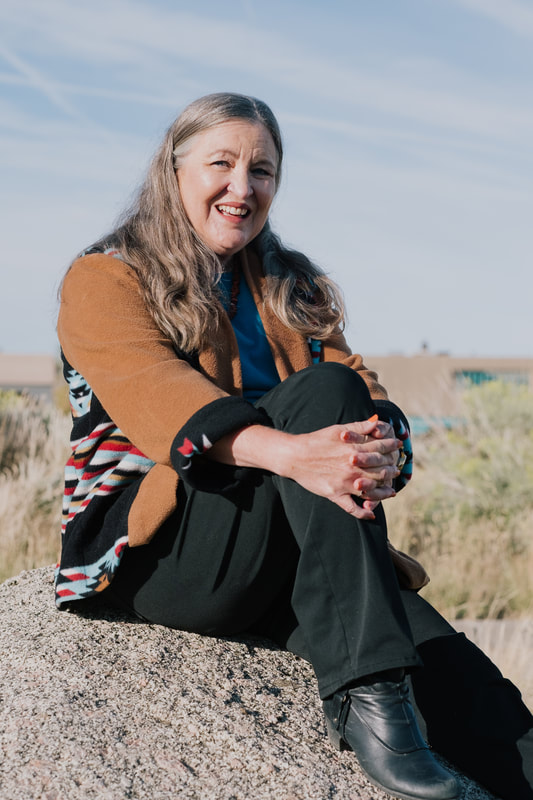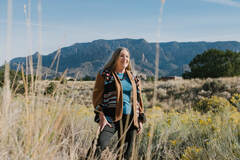
I learned how few people were aware of the Civil War in the west when I taught New Mexico history to 7th graders. My parents were surprised when their children started talking about Civil War battles. Some even told me that I was wrong, and that there were no battles here. There were, and had the Confederacy won them, the war might have turned out very differently. I wrote Rebels Along the Rio Grande because there was such a paucity of material on this subject.
Here’s a list of books about the Civil War for middle school readers. Some are fiction. Some are nonfiction. But only mine are about what happened in the New Mexico territory during the war. On this topic, I am out standing, alone, in my field.
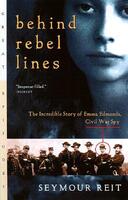
Emma Edmonds may be Canadian-born, but when the Civil War begins, she crops her hair, dons men's clothing, and enlists as a spy for the Union Army. Disguised as, among others, a peddler, a slave, and a bookkeeper, she gathers information while risking discovery and death for the sake of freedom. This is fictional, but readers will forget that and be caught up in Emma’s harrowing escapes from discovery.
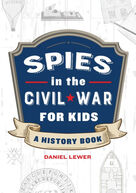

I love Rodman Philbrick’s writing, and this novel is among his best. There’s a good reason it’s a Newbery Honor winner. Homer is a 12 year-old orphan whose older brother, Harold, has been sold into the Union Army. Homer runs away from Pine Swamp, Maine, to find Harold, and finds himself in the company of thieves, scallywags, and spies. In turns funny and sad, readers will be pulled along to the dramatic climax that takes place on Little Round Top during the Battle of Gettysburg.

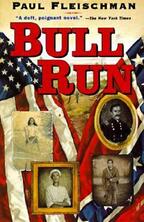
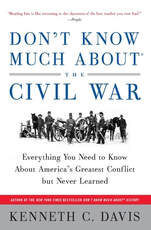
Part of a series of “Don’t Know Much About” books, this book wasn’t really written specifically for middle grade readers, but it is extremely readable, and a great resource for even reluctant students. New York Times bestselling author Ken Davis describes every major event of the Civil War era, but he also includes the little tidbits that students love. A great, encyclopedic book that kids can peruse and jump around through.
To celebrate the publication of The Famished Country on October 15, I’m giving away two paperback and two ebook copies of each of my Civil War titles. If you would like one, reply with the name of the book you would like, and whether you want a paperback or digital copy. I would very much appreciate if you left a review on the book you received.
Many of the links in this blog post link to Bookshop.org, an online bookseller that gives 75% of its profits to independent bookstores, authors, and reviewers. If you click through these links and make a purchase on Bookshop.org, I will receive a commission, and Bookshop.org will give a matching commission to independent booksellers. If you’re not looking to buy, you can find or request these books from your local library.
